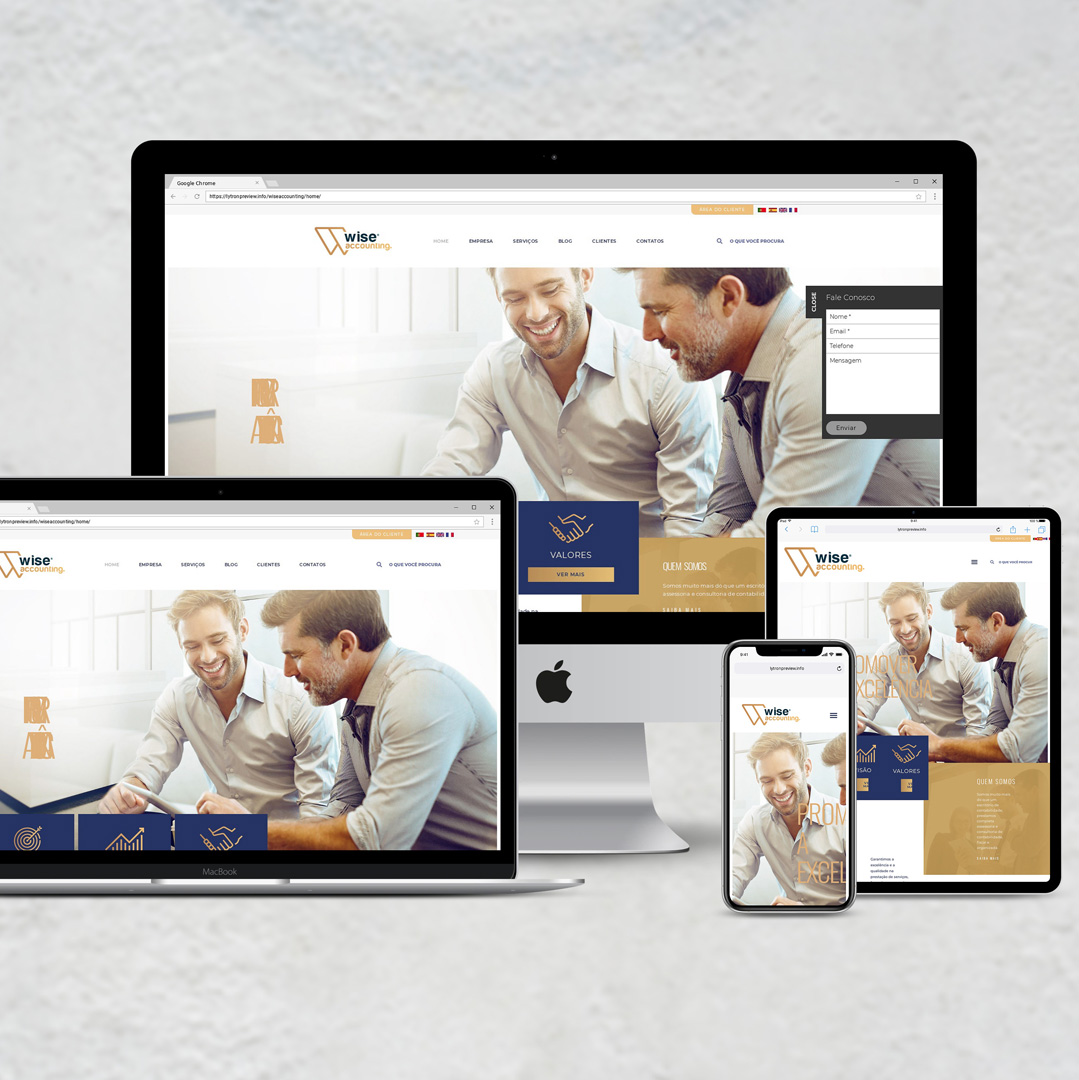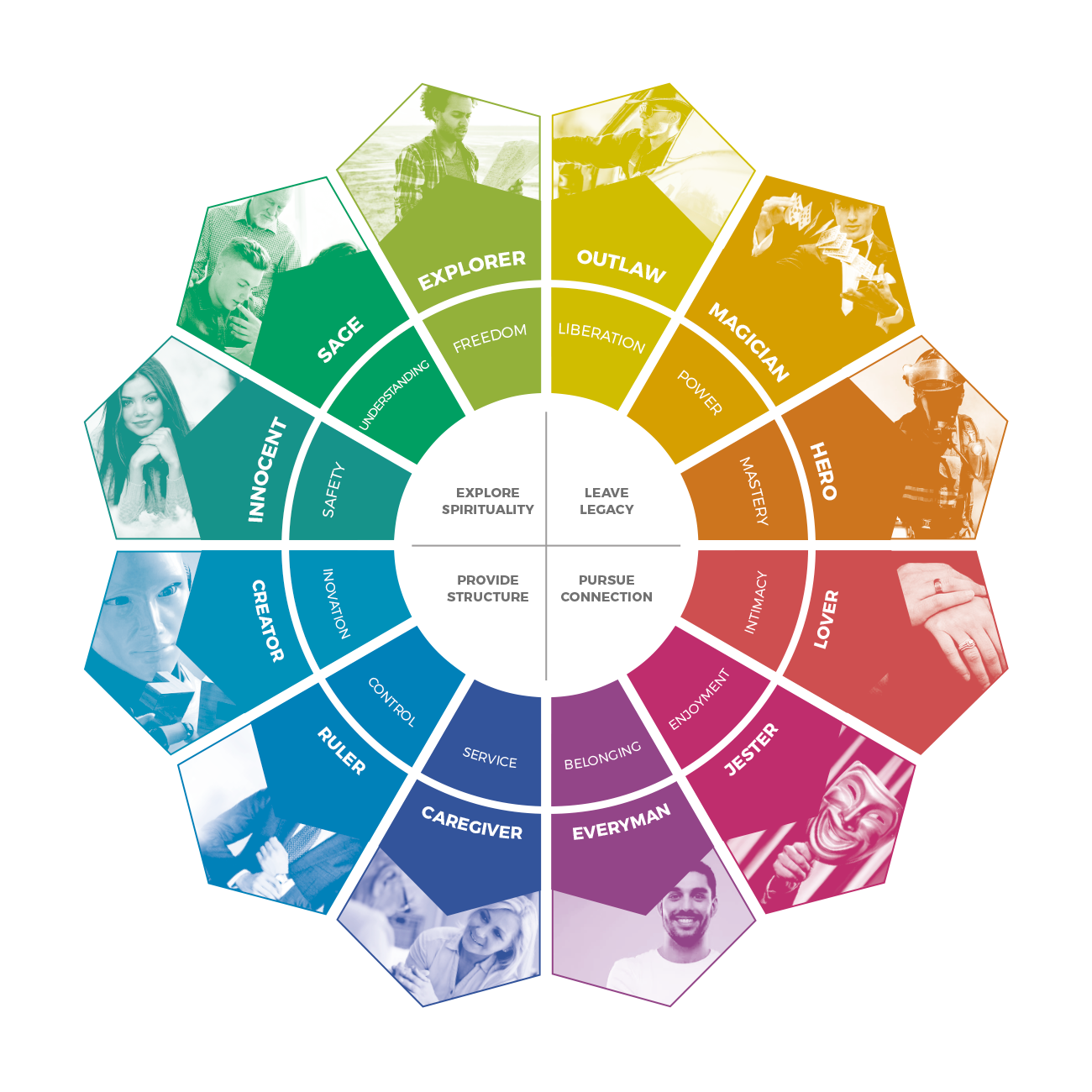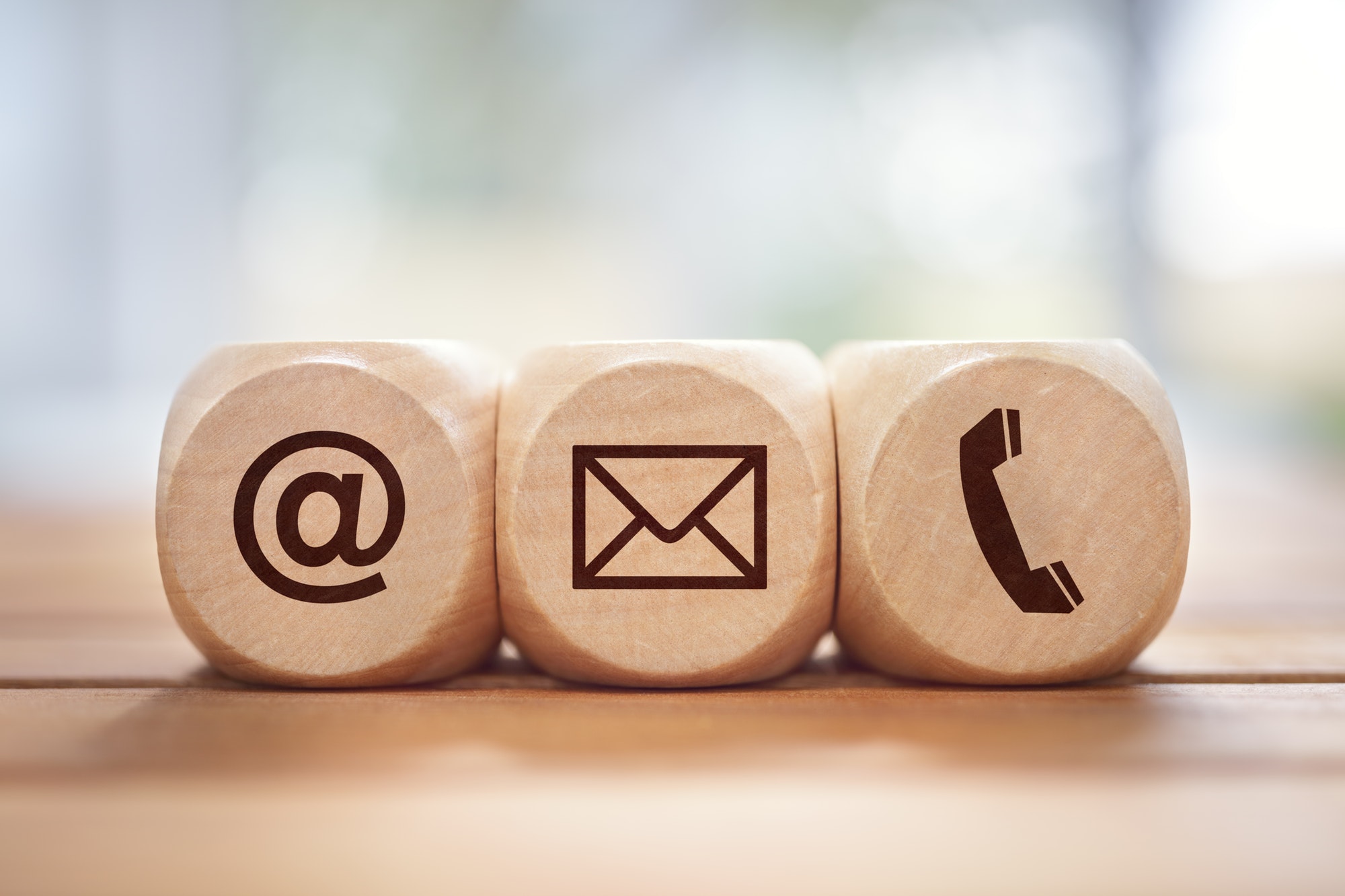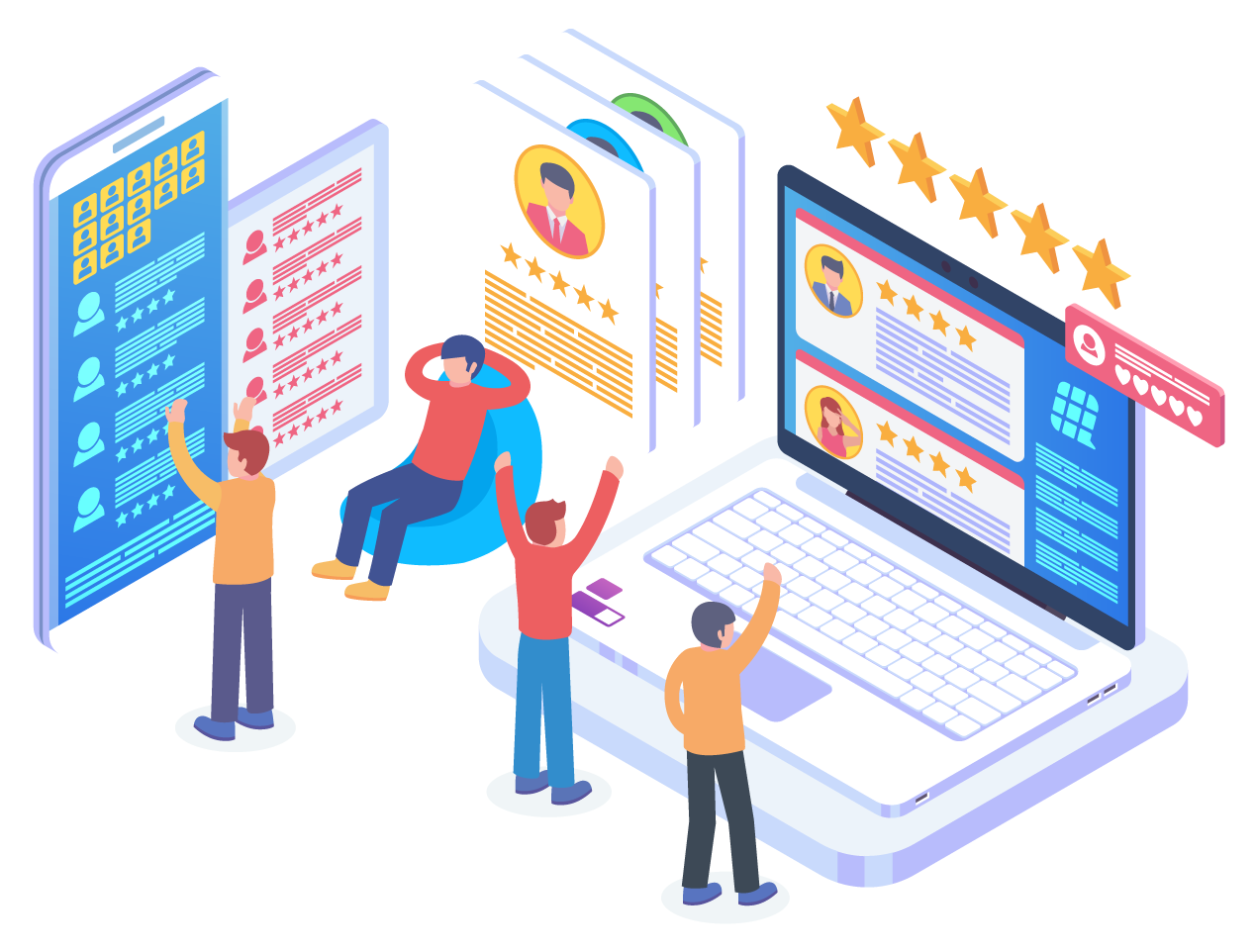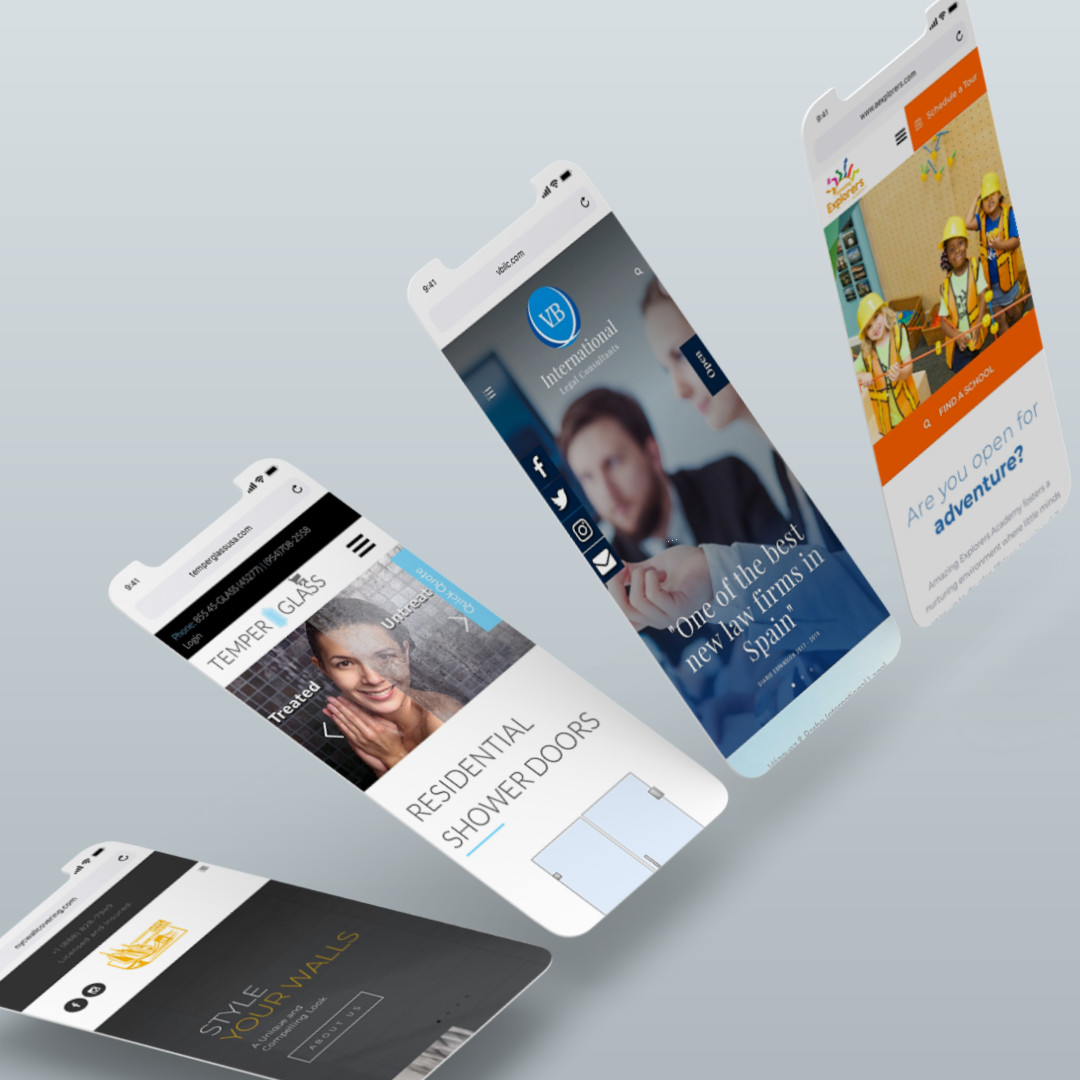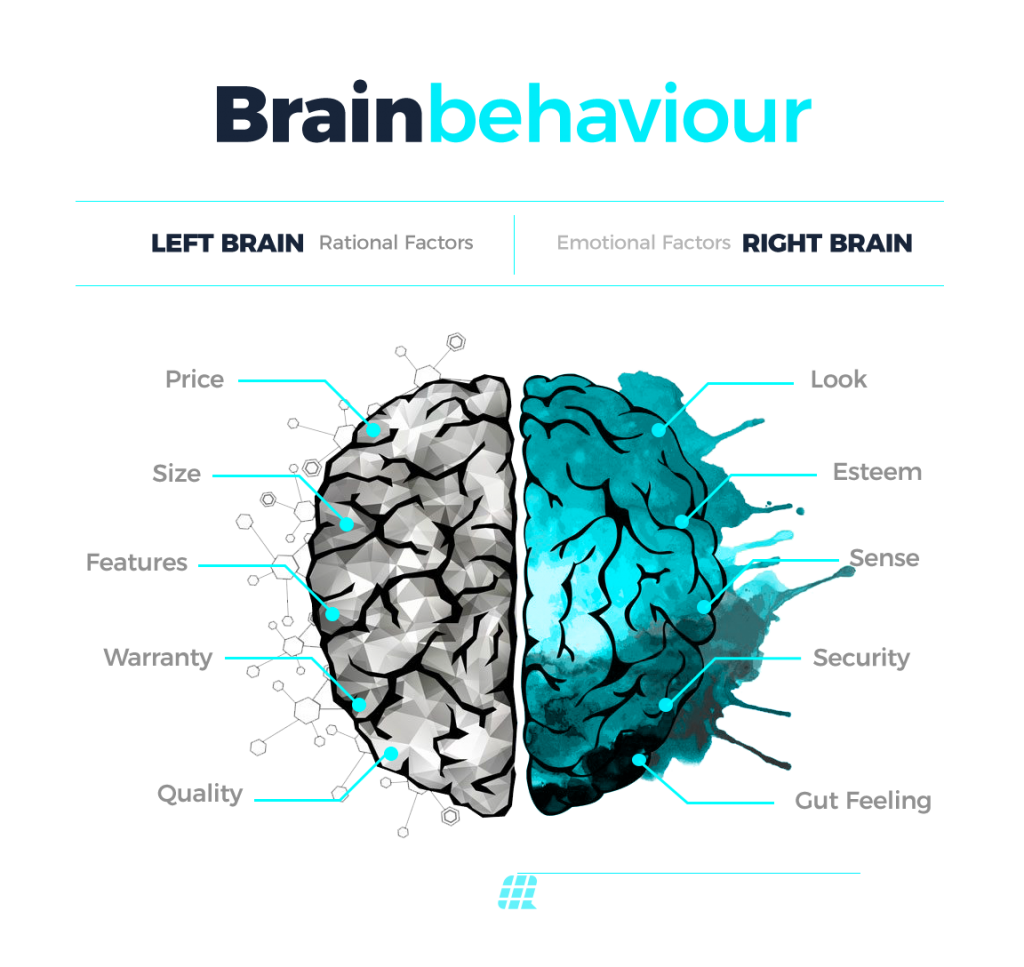When you think of branding, your mind probably goes straight to visuals: logos, fonts, colors. And while visuals are a powerful part of the puzzle, they’re just the beginning. The truth is—your audience feels more than they see.
That’s where sensory branding steps in. It’s the art (and science) of engaging more than just the eyes—inviting your audience to feel, hear, and even interact with your brand in subtle, unforgettable ways.
At Lytron, we believe great branding isn’t static. It moves. It vibrates. It resonates. Let’s explore how multi-sensory branding can elevate your message and make your business impossible to forget.
Why Sensory Cues Work So Well
Our brains love shortcuts, and sensory inputs are some of the fastest ones. Certain sounds, textures, and movements are tied to emotion and memory. A familiar chime can feel like home. A slow, elegant animation can convey luxury before a single word is read.
When we tap into more than one sense, the connection becomes deeper. More emotional. More human.
Beyond the Visual: Other Senses at Work
– Sound (Audio Logos + UX Cues)
Think of the Netflix “ta-dum” or the soft click of a high-end app. Sound design creates a signature experience. For digital brands, even subtle things—like hover sounds, notification tones, or branded voiceovers—can build familiarity and trust.
– Movement (Microinteractions + Flow)
Motion design tells a story before the copy loads. The way buttons bounce, pages glide, or logos reveal themselves can all communicate tone—playful, professional, calm, bold. Movement adds life to your brand, especially in scroll-heavy digital journeys.
– Touch (Digital Texture + Physical Experience)
In a digital world, “touch” becomes metaphorical—but still powerful. How a site feels—smooth scrolls, frictionless transitions, or even the tactile vibe of your packaging if you’re a product brand—adds to your perceived quality.
– Scent? Yes—even scent.
For physical locations or events, scent branding is real. Think of the signature smell of a luxury store or a wellness spa. It lingers—literally.
Emotional Triggers Through Sensory Layers
Each sense taps into a different emotion. The goal? Design intentional layers that support your brand’s archetype and core feeling.
- An Explorer brand might use ambient nature sounds, clean scroll animations, and crisp haptic feedback.
- A Lover brand might focus on silky textures, warm tones, and soft ambient music.
- A Magician might use surprise, unexpected motion, or chimes that feel… otherworldly.
When done right, these layers don’t distract—they enhance connection.
How Lytron Designs for the Senses
At Lytron, we go beyond branding that looks good—we build experiences people remember. We help brands define not just their voice, but their tone, texture, and tempo. Whether that’s choosing sound cues for a mobile app or refining the pace of a homepage scroll, we design with the senses in mind.
One client saw a 50% increase in dwell time on their homepage simply by incorporating subtle motion design and animated transitions that reflected their brand’s Explorer tone.
Ready to Build a Brand That Feels Alive?
Let’s explore how your brand can connect beyond the screen.
Follow us at @lytron.us for more ideas on sensory design, branding psychology, and how to create digital-first experiences that truly resonate.
Because when your brand feels right, people remember it. Let’s make your brand unforgettable.



